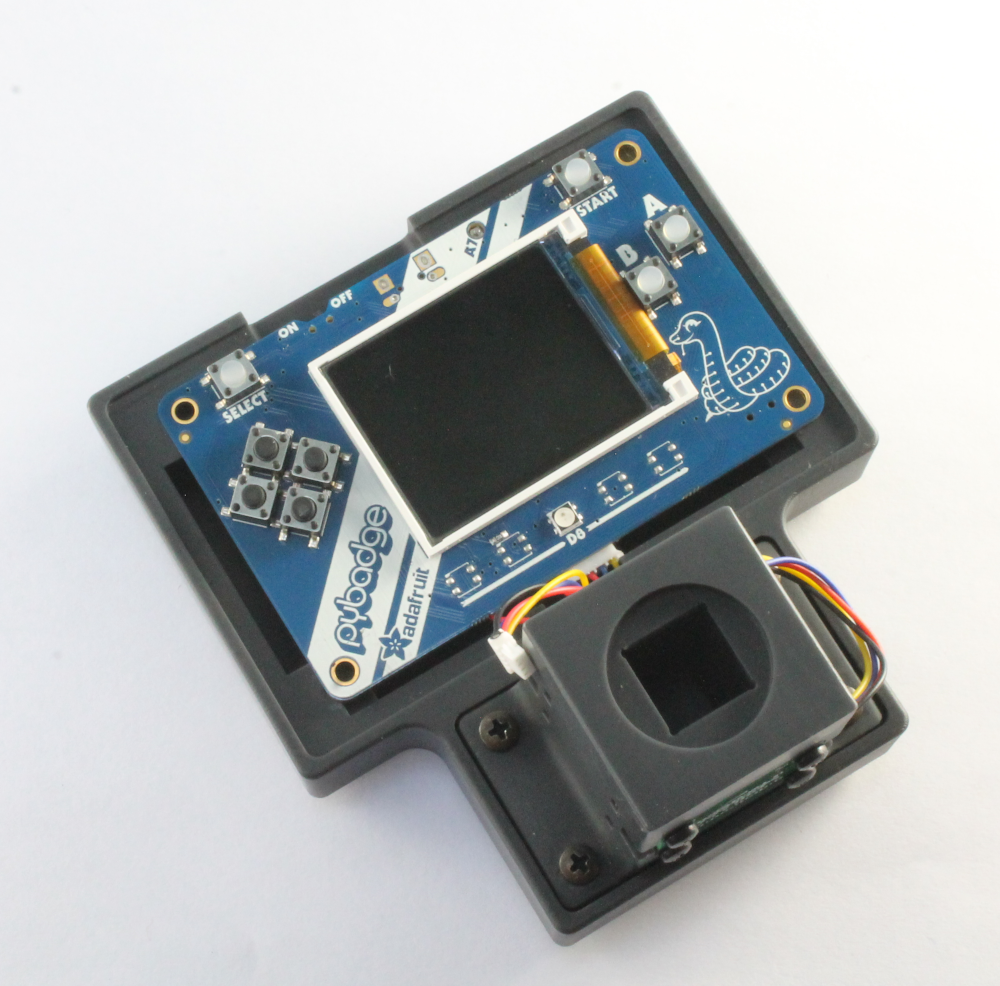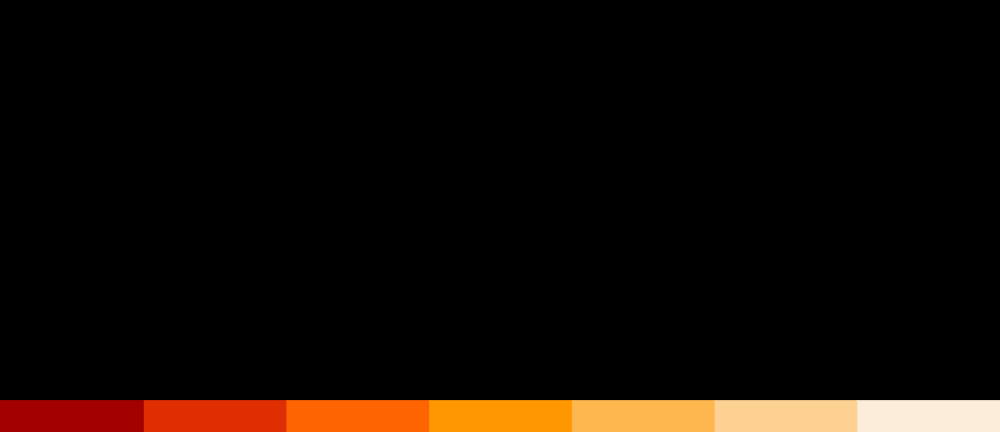Open Colorimeter Electronics

Communication with peripheral devices via I2C using 4-wire cables with JST SH connectors, such as Sparkfun Qwiic or Adafruit STEMMA QT, is rapidly becoming a standard on new development boards. This standardized cabling allows multiple sensors to be connected to the development board without any soldering. By using these standardized connectors the Open Colorimeter product line is compatible with the large and growing variety of development boards that support this standard. For example Adafruit Feather RP2040, FeatherS2, Sparkfun Qwiic ProMicro, Sparkfun RedBoard Qwiic and many others. It will also work with the larger 4-pin STEMMA connectors with a JST PH to JST SH adapter cable so that development boards such as the PyBadge and PyGamer can be used - both of which are ideal for making standalone instruments. For those wishing to use the Raspberry Pi, the Qwiic HAT adapter is available from Sparkfun.
PyBadge
- We are currently using the Adafruit PyBadge, though the PyBadge LC and EdgeBadge are also supported
- We decided to use the Adafruit PyBadge as our initial target hardware platform. The PyBadge has a 160x128 color TFT display, Lipo battery connector with recharging capability, a 4-pin I2C connector for connecting the light sensor and on/off switch and buttons for user input. In addition, the PyBadge can run Circuitpython making firmware development quick and easy
- The light sensor and LED are connected to the development board via an I2C connection with a standardized STEMMA-QT/Qwiic connector. Thus no hardware changes are required when switching to boards and only very minor changes are required to the firmware in order to accommodate a different screen size.
- The I2C devices connected via STEMMA-QT/Qwiic connectors are chainable making it easy to modify by connecting to additional sensors and actuators for even more advanced customization

Open Colorimeter Product Guide
Documentation site for the Open Colorimeter, Multi-Channel Colorimeter, UV Open Colorimeter & Open Colorimeter Plus
Product Guide Home Page